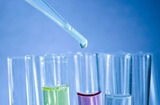
Students can use the attached list (modify if needed) to select an approved science experiment, then conduct research with the form provided.
- Subject:
- Science
- Material Type:
- Activity/Lab
- Author:
- Sarah Ensign
- Date Added:
- 03/13/2021

Students can use the attached list (modify if needed) to select an approved science experiment, then conduct research with the form provided.
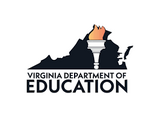
Science support for home based science activities that are aligned to the Science Standards of Learning.
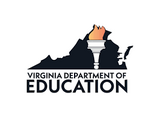
Science support for home based science activities that are aligned to the Science Standards of Learning.
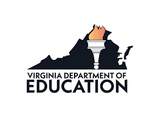
Science support for home based science activities that are aligned to the Science Standards of Learning.
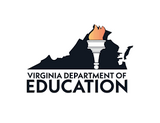
Science support for home based science activities that are aligned to the Science Standards of Learning.
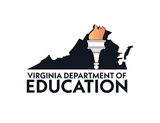
Science support for home based science activities that are aligned to the Science Standards of Learning.
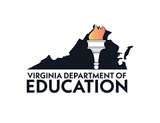
Science support for home based science activities that are aligned to the Science Standards of Learning.
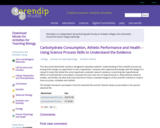
This analysis and discussion activity is designed to develop students' understanding of the scientific process by having them design an experiment to test a hypothesis, compare their experimental design with the design of a research study that tested the same hypothesis, evaluate research evidence concerning two hypothesized effects of carbohydrate consumption, evaluate the pros and cons of experimental vs. observational research studies, and finally use what they have learned to revise a standard diagram of the scientific method to make it more accurate, complete and realistic. The specific effects analyzed in this activity are the effects of carbohydrate consumption on athletic performance and the effects of low-carbohydrate diets on health.
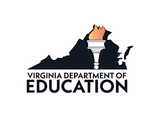
I am attaching an article that might be useful for high school biology teachers. It uses raw data to lead students through an open inquiry into Covid-19 cases. Enjoy!
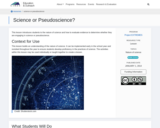
This lesson introduces students to the nature of science and how to evaluate evidence to determine whether they are engaging in science or pseudoscience.
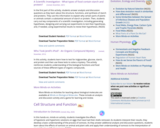
Students learn about scientific investigation by carrying out key components of the scientific method, including developing experimental methods, generating hypotheses, designing and carrying out experiments to test these hypotheses and, if appropriate, using experimental results to revise the hypotheses. Students design and carry out two experiments which test whether starch and protein are found in some or all foods derived from animals or plants or both.
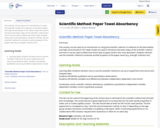
This activity can be used as an introduction to using the scientific method. It is relevant at all intermediate and high school levels( 6-12). Paper towels are used to introduce the basic steps of the scientific method and how it can be used to determine which type of paper towel is the most absorbent. Students will then use the scientific method to evaluate another property of the paper towel (e.g., strength, softness, etc).

This activity can be used as an introduction to using the scientific method. It is relevant at all intermediate and high school levels( 6-12). Paper towels are used to introduce the basic steps of the scientific method and how it can be used to determine which type of paper towel is the most absorbent. Students will then use the scientific method to evaluate another property of the paper towel (e.g., strength, softness, etc).
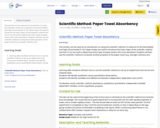
This activity can be used as an introduction to using the scientific method. It is relevant at all intermediate and high school levels( 6-12). Paper towels are used to introduce the basic steps of the scientific method and how it can be used to determine which type of paper towel is the most absorbent. Students will then use the scientific method to evaluate another property of the paper towel (e.g., strength, softness, etc).
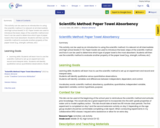
This activity can be used as an introduction to using the scientific method. It is relevant at all intermediate and high school levels( 6-12). Paper towels are used to introduce the basic steps of the scientific method and how it can be used to determine which type of paper towel is the most absorbent. Students will then use the scientific method to evaluate another property of the paper towel (e.g., strength, softness, etc).
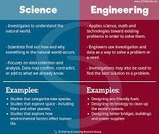
How scientists and engineers follow similar methods to obtain their results. Scientists study how nature works, engineers create new things or products. When performing experiments both disciplines sometimes use the other method to complete their work

Students will learn the process of the scientific method by using whole group interaction. Students will get a front row seat at learning the steps in the scientific method process. They will learn to use their scientific method checklist to make predictions on what they think will happen when you conduct the three different experiments. This can be used over the course of one week.Day one: hedgehog experiment Day three: volcano experiment Day five: rocket launch
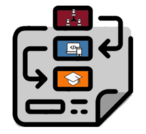
In this lesson students will be able to identify that computers, like the solar system, complete predictable actions based on a set of variables. Students will learn about the solar system via Scratch. They will explore block coding and computational thinking practices as they utilize Scratch as a tool for creativity, expression and learning about the Solar System.

In this activity, students will learn how radar altimetry is used to measure sea surface height, and determine the direction and speed of ocean surface currents from TOPEX/Poseidon altimetry data. Procedures and materials are provided.
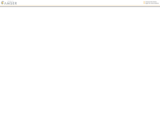
This lesson uses NASA satellite data to correlate cloud cover over Africa to the solar declination. The student will access NASA data using the MY NASA DATA Live Access Server and import the data into Excel spreadsheet software. Students will use NASA satellite data to correlate cloud cover over Africa to the solar declination.